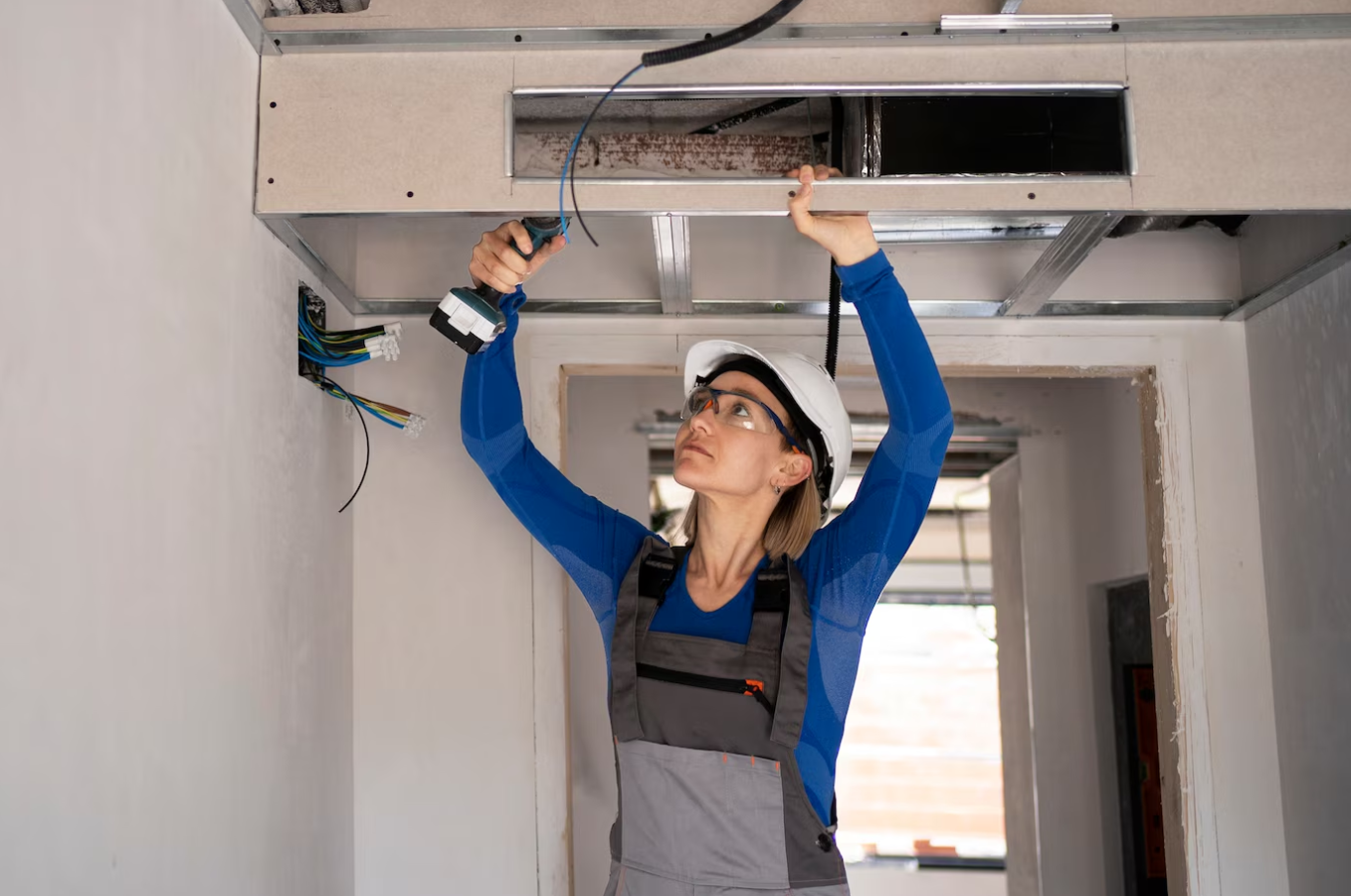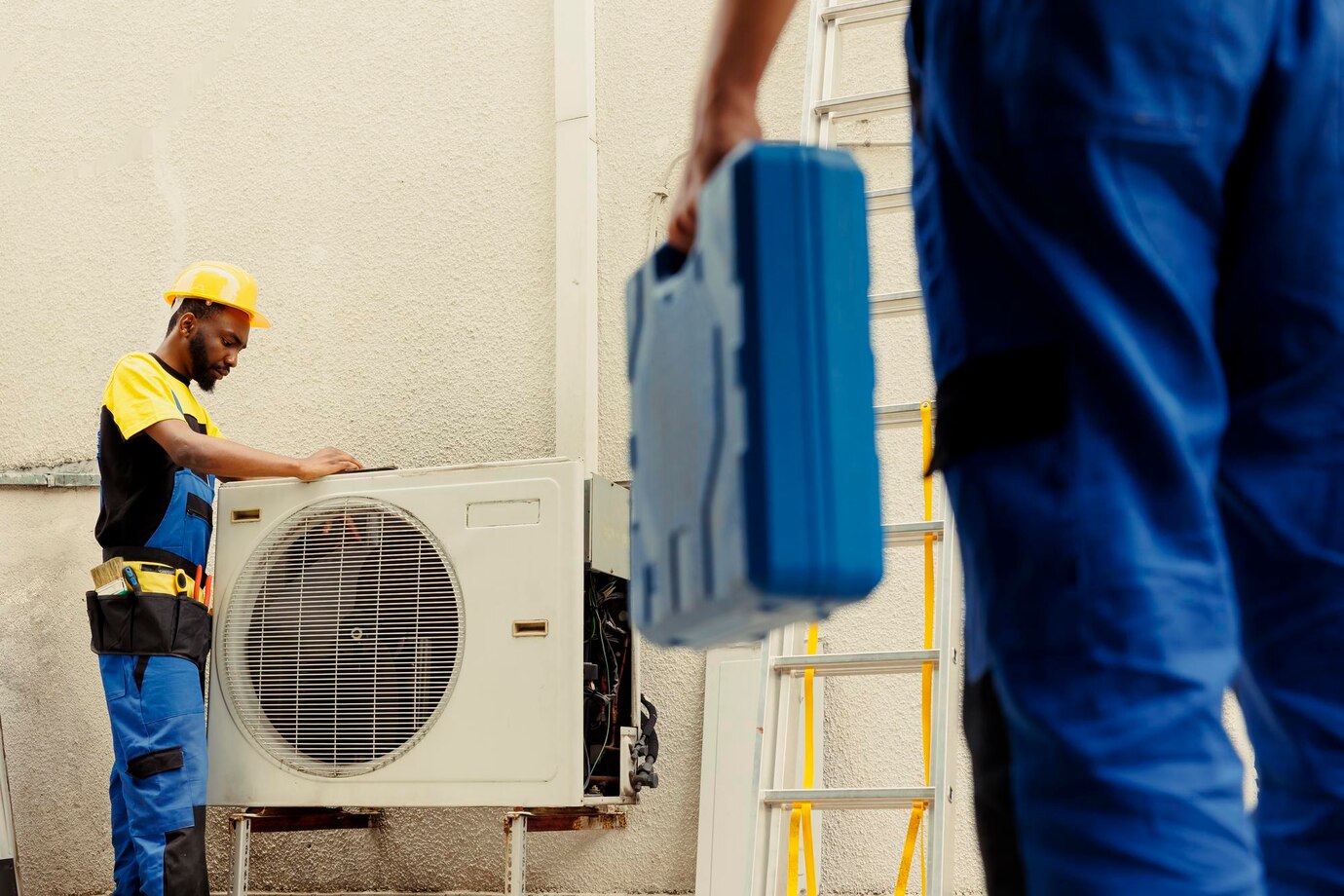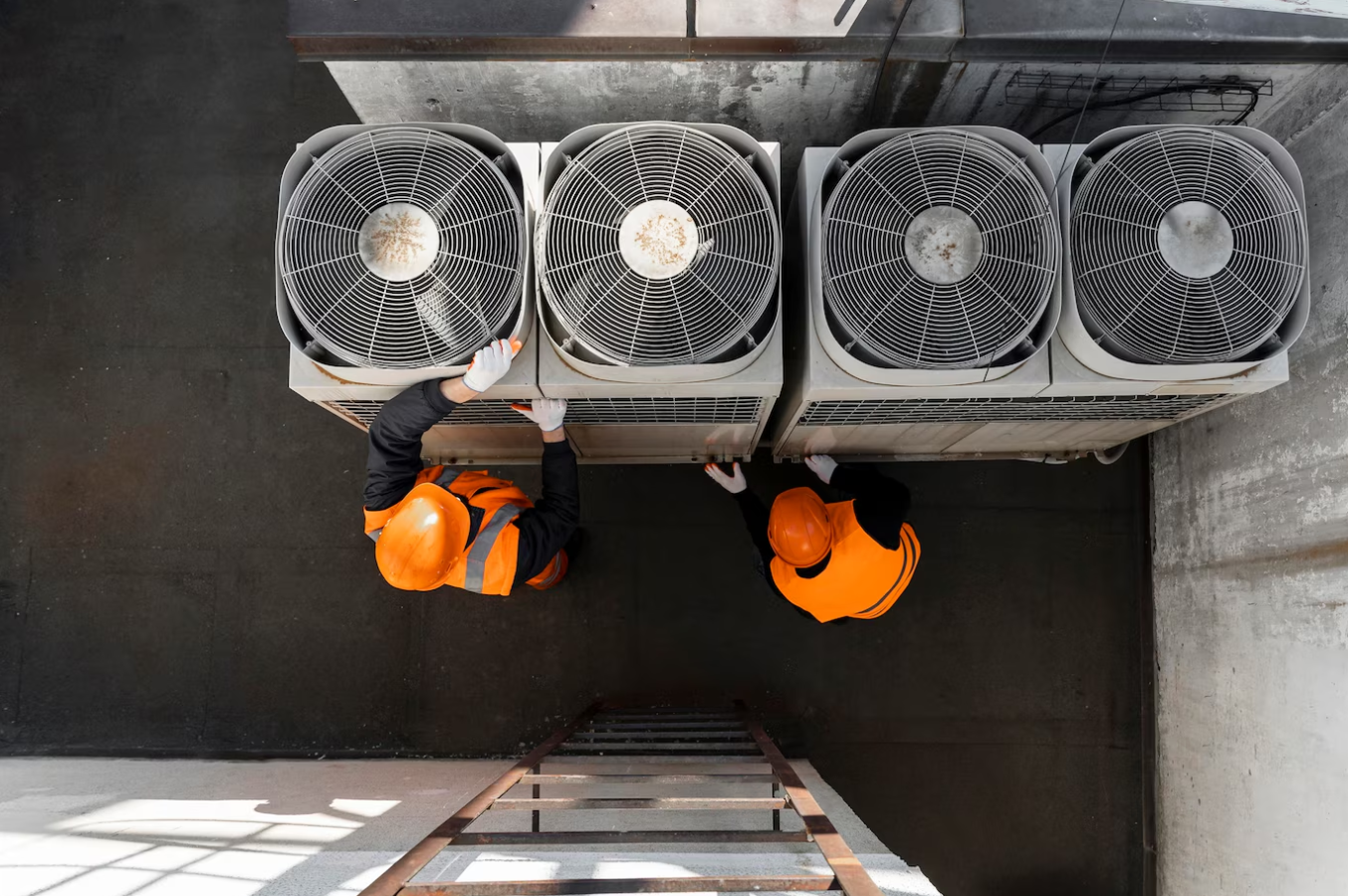Installing a new AC isn’t just about surviving summer—it’s about making a smart, long-term investment in comfort. If you’re searching for AC installation Sarasota, you’re probably already sweltering under the Florida sun or prepping for it like a pro. But before you sign off on the first unit that looks shiny and promising, you’ve got choices to make—big ones. From understanding how to choose AC unit size to decoding efficiency labels like SEER2 rating, it’s not just about cooling your home; it’s about doing it smartly.
This guide simplifies the process so you can make confident decisions without needing an HVAC degree.
Why Your Next System Choice Matters
Air conditioners aren’t one-size-fits-all. Choosing the wrong one can leave you with high bills, poor performance, or even an early system failure. In a hot and humid place like Sarasota, the right system isn’t just a luxury—it’s a necessity. When you’re looking into AC installation Sarasota, selecting a well-suited unit keeps your home comfy, your energy bills under control, and your investment worthwhile for years to come.
5 Steps to Selecting the Right AC
Before buying anything, make sure you walk through these five crucial checkpoints. Each one plays a part in long-term efficiency, comfort, and cost.
1. Calculate Cooling Load (Manual J)
This is where load calculation matters. A Manual J calculation looks at your home’s size, insulation, window type, and other factors to determine how much cooling you actually need. It helps avoid overspending on a system that’s too big—or struggling with one that’s too small.
2. Understand Efficiency Ratings (SEER2 & EER)
Energy efficiency isn’t just a green goal—it affects your bills every month. The SEER2 rating is the updated version of the Seasonal Energy Efficiency Ratio, and it gives a clear picture of how efficiently your system will perform. The higher the number, the better for your wallet.
3. Pick the Proper System Type (Split, Package, Ductless)
You’ve got three main choices here:
- Split Systems: These are the most common systems in homes that already have ductwork. They consist of an indoor unit (usually the air handler) and an outdoor condenser unit. Split systems are energy-efficient, reliable, and great for cooling multiple rooms evenly.
- Package Units: A package unit houses all components, compressor, condenser, and air handler, in a single outdoor unit, making it ideal for homes with limited indoor space. These systems are often installed on rooftops or in small backyards and are a space-saving solution for compact properties
- Ductless Mini-Splits: Ductless systems don’t require traditional ductwork, making them perfect for older homes, room additions, garages, or spaces that are hard to cool. They consist of a small outdoor unit and one or more indoor wall-mounted units, offering customizable comfort in individual rooms with high energy efficiency.
This is where understanding heat pump vs. straight cool comes in. Heat pumps provide both heating and cooling, making them a great option for year-round use.
4. Compare Features (Variable-Speed, Smart Thermostats, IAQ Add-Ons)
Modern ACs offer more than just cooling. Want quieter operation? Go for a variable-speed compressor. Prefer to control your home from your phone? Look for smart thermostat compatibility. Indoor Air Quality (IAQ) add-ons like dehumidifiers or air purifiers can also help reduce allergens and improve air freshness.
5. Factor in Total Cost of Ownership
Don’t focus solely on the upfront price. A cheaper unit may cost more in the long run due to higher energy bills, frequent repairs, or a shorter lifespan. Consider the full picture, including installation costs, energy efficiency ratings, maintenance needs, and warranty coverage, to make a smart, long-term investment.
Sarasota Climate Considerations
Living in Sarasota means battling year-round humidity and long, hot seasons. When planning for AC installation Sarasota, your system should be capable of controlling both temperature and humidity. Consider features like variable-speed fans and dehumidification settings that are built for our climate. It’s not just about staying cool—it’s about staying dry and comfortable.
Professional Sizing & Installation Process
Knowing how to choose AC unit size is just the beginning—professional sizing and installation ensure your system actually delivers comfort, efficiency, and long-term value. Here’s how the process works:
- Load Calculation Sizing: A licensed HVAC technician performs a Manual J load calculation. This considers square footage, insulation, windows, sun exposure, and occupancy. Ensures the system is not too big (which wastes energy) or too small (which struggles to cool).
- System Selection: Based on the load results, the right-sized AC unit is chosen. Technicians also consider your budget, home layout, and energy efficiency goals.
- Proper Installation: All components—ductwork, refrigerant lines, thermostat, and electrical connections—are installed or inspected. The system is tested for airflow, refrigerant levels, and safe operation.
- Final Testing & Setup: The technician checks for leaks, calibrates the thermostat, and ensures the unit is cooling properly. Homeowners receive guidance on how to use and maintain the system.
Rebates, Incentives, and Financing Options
Good news: you don’t have to shoulder the full cost upfront. Many utility companies offer rebates for high-efficiency systems. There are also federal tax credits tied to energy-efficient upgrades. Financing options can help break the cost into manageable chunks—ask about these during your planning phase.
- Rebates: Many utility companies and manufacturers offer cash-back rebates when you install energy-efficient AC systems. These can lower your upfront costs by hundreds of dollars.
- Incentives: Federal or state energy programs may provide tax credits or discounts for choosing systems with high SEER2 ratings or eco-friendly refrigerants. Be sure to ask your installer about current offers.
- Financing Options: HVAC companies often partner with lenders to offer payment plans with low or no interest. This helps homeowners spread out the cost of a new system without delaying installation.
Final Walk-Through & Maintenance Tips
Before wrapping up any AC installation Sarasota, a good installer will take you through a final inspection, explaining your system, thermostat settings, and basic maintenance routines. Keep your unit happy with these tips:
- Change filters every 1–3 months
- Schedule yearly maintenance
- Clear the area around the outdoor condenser
- Keep vents unobstructed indoors
These simple actions go a long way in protecting your investment.
Next Steps for a Successful AC Installation
Choosing the right AC system is about more than power—it’s about precision. From how to choose AC unit size to understanding your SEER2 rating, every choice matters. Whether you’re deciding between heat pump vs. straight cool systems or planning a full load calculation, this guide has you covered. For professional help with AC installation Sarasota, contact the experts who do it right the first time. Reach out today to schedule your consultation or get a free quote.


















